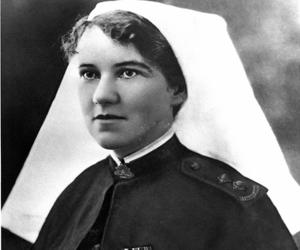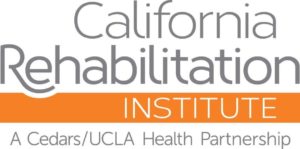Profiles In Nursing
Sister Elizabeth Kenny (1880-1952), Controversial Australian Polio Treatment Reformer
Was this controversial Australian nurse a hero or a hoax?

To her admirers, “Sister Kenny” was a crusader, challenging a reactionary medical establishment’s preconceptions about one of her era’s most feared diseases. To many physicians, she was a dangerous, ignorant quack. The real story of Sister Elizabeth Kenny is even more remarkable than the Hollywood movie it later became.
Unregistered Nurse
Today, any nurse who rises to international prominence usually has a lengthy list of degrees and certifications. Elizabeth Kenny never even attended high school and had little or no formal training as a nurse. (At various times, she offered contradictory accounts of her training, none of them verifiable.)
Kenny was born in Warialda, in the Australian state of New South Wales. Her family subsequently moved to Nobby, a small town in southern Queensland. According to Kenny, she began her nursing career there while still a teenager, working as an unpaid “bush nurse” for rural patients. Her mentor was Aeneas McDonnell, a surgeon in the city of Toowoomba with whom she would sometimes consult by telegraph.
Queensland introduced nursing registration in 1912, but Kenny never became a registered nurse. That didn’t stop her from practicing professionally, sometimes with McDonnell vouching for her. From 1913 to 1915, she even ran her own small hospital.
Despite her lack of credentials, Kenny enlisted in the Australian Army Nursing Service (AANS) in 1915, become a staff nurse (equivalent to a second lieutenant). She was later promoted to sister, a rank equivalent to a first lieutenant.
Although her later stories of being wounded by shrapnel on special assignment in France aren’t substantiated by her military records, much of her service was as a transport nurse on ships returning wounded soldiers to Australia, perilous duty in itself.












